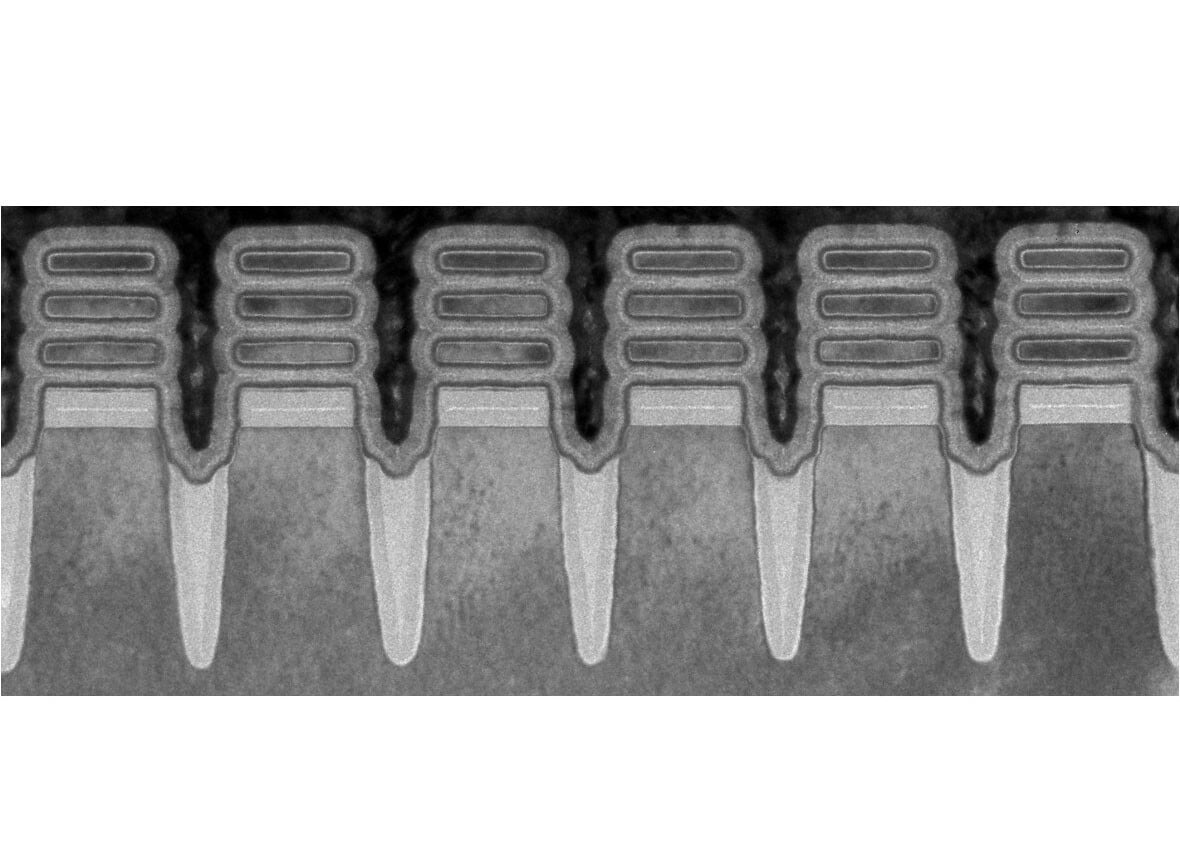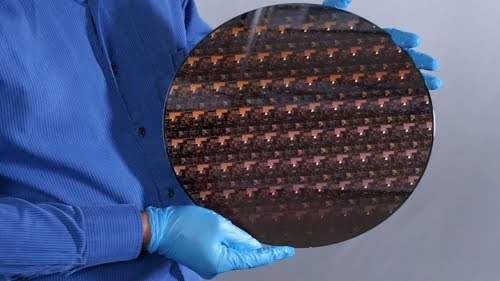IBM has created the world’s first chip with 2nm process using nanosheet technology, the company describes this innovation as a historic milestone.
This new chip is expected to play a decisive role in many technological devices. IBM points out that the new design of this chip is projected to achieve a 45% higher performance, or a 75% lower power usage than the most advanced 7 nm chips today.
The world’s first 2nm chip is created by IBM
The company noted that the benefits of this innovation are:
- It will dramatically reduce the carbon footprint of data centers, which account for 1% of global energy use. Switching all servers to 2nm-based processors could potentially reduce that number significantly.
- It will most likely speed up all the functions of a laptop. We will be able to use applications faster and we will reach a higher internet connection speed.
- It will also increase battery life. Experts say it will be enough to charge devices only every four days.
- It will contribute to faster object detection and reaction time in autonomous vehicles.
Importance of 2nm chips
“The IBM innovation reflected in this new 2 nm chip is essential to the entire semiconductor and IT industry,” said Darío Gil, SVP and Director of IBM Research, “It is the product of IBM’s approach of taking on hard tech challenges and a demonstration of how breakthroughs can result from sustained investments and a collaborative R&D ecosystem approach,” he added.
What makes this chip so special?

The technology designed for this chip is privileged by its capacity of up to 50 billion transistors in such a small element size.
This means that increasing the number of transistors per chip can make them smaller, faster, more reliable, and more efficient.
“More transistors on a chip also means processor designers have more options to infuse core-level innovations to improve capabilities for leading edge workloads like AI and cloud computing,” the IBM officials stated.
This renovation will be also critical for areas like artificial intelligence and cloud computing, as well as new avenues for security and hardware-enforced encryption. This technological breakthrough is achieved by working together with strategic partners including Samsung and Intel.





